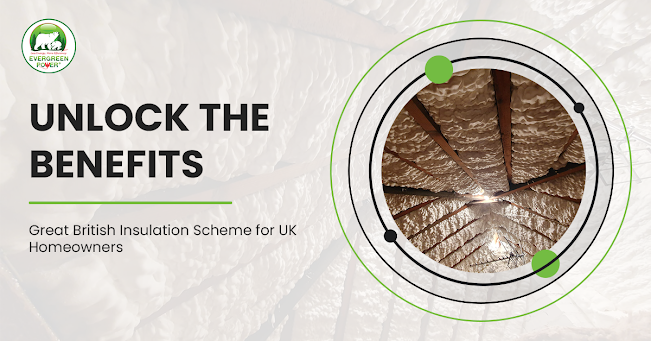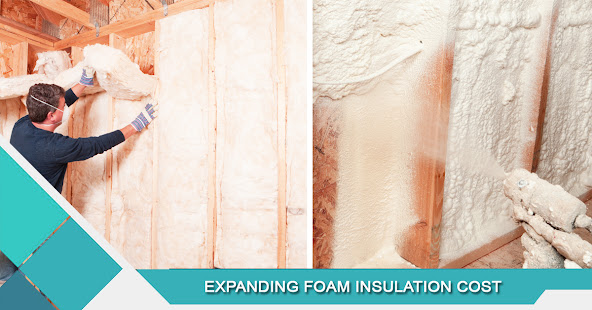How to insulate an attic and is it worthwhile?
Stop storing unnecessary things in your attic. Because adding insulation to the attic is the easiest and most affordable method to insulate an attic.
Consider removing the flooring and introducing additional
insulation over the existing one.
By insulating your attic, you can stop heat and moisture from
slowly destroying your home.
It keeps water vapour from penetrating your walls and eroding
them.
Additionally, it reduces heat accumulation in the attic, which can
drive the timber on your deck to weaken or the tiles on the roof to expand and
fracture. The
finest attic insulation performance is provided by spray foam insulation.
There are two varieties to choose from: closed-cell and open-cell,
sometimes known as 2-pound and 1-pound, respectively. They have about R-6.5 and R-3.6
of insulation per inch, respectively.
How much does loft insulation cost in the UK?
Although some new properties are raising their degree of
loft insulation to 300mm, present UK government standards suggest for loft
insulation reach a depth somewhere between 250mm and 270mm.
Again, this is perfectly fine as long as the loft has
sufficient ventilation.
Depending on how much of the obsolete insulation in the
existing attics need to be removed. To remove the obsolete insulation, a
different removal crew might arrive a day or two prior to the installation
date.
How much does it cost to insulate the attic UK?
Adding attic insulation in the UK is indeed a wise investment if
you want to lower the home's carbon emissions and save expenses on energy
bills.
There are several various insulation options available, including
insulated loft boards, loose-fill, blankets, sheets, and blankets.
Foam board, often known as sheet insulation, is primarily constructed
of polyurethane and is available in rigid sheets.
Sheets with a moisture-resistant covering are more expensive.
Blanket insulation, which comes in rolls, is often comprised of
foil-backed felt, rock, glass, or mineral fibre.
It is placed by placing between floor joists in a loft. Mineral
wool, cellulose, and fibreglass are the most common material used for
loose-fill insulation.
It is lightweight, comes in a bag that can be poured into the
space to match the space, and is therefore perfect for retrofit projects.
How much should it cost to insulate my attic?
The cost of blown-in insulation is similar to loose-fill; blown
fibre insulation is manually blown into your home. Wool is the most popular
substance and works well when blanket insulation is impractical, which usually
happens when joists are blocked.
How much money can you save by insulating your attic?
Before you can begin to think about the figures, there are many
things to take into account. If your home's attic is the only factor contributing
to high energy costs, you might save anywhere from 15 to 50%.
The older, conventional attic insulation won't produce an air
seal, which is something to keep in mind.
Well, it implies that cellulose or fibreglass in your attic may
still be permitting air leakage although there is insulation there.
That air seal will be covered shortly. If your attic is empty
of insulation, you can select the best insulation such as spray foam to
fulfil your goals for energy efficiency since you are starting from nothing.





Comments
Post a Comment